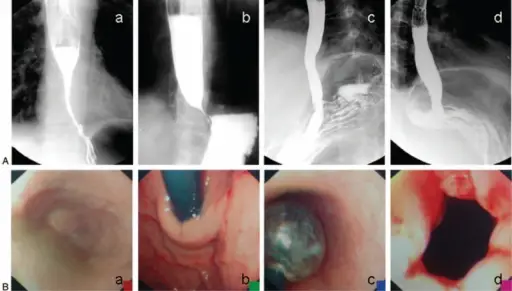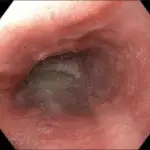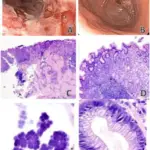Achalasia is a rare disorder that makes it difficult for food and liquid to pass from the swallowing tube connecting the mouth and stomach esophagus into stomach. Achalasia occurs when nerves in the esophagus become damaged.
What is the Pathology of Achalasia?
The pathology of achalasia is:
-Etiology: The cause of achalasia is when nerves in the esophagus become damaged. As a result, the esophagus becomes paralyzed and dilated over time and eventually loses the ability to squeeze food down into the stomach.
-Genes involved: HLA class II genes, CRLF1.
-Pathogenesis: The sequence of events that lead to achalasia are abnormalities in the myenteric plexus.
-Histology: The histology associated with achalasia shows decrease in the neurons of myenteric plexus.
How does Achalasia Present?
Patients with achalasia typically more in males and present at age range of 25 and 60 years. The symptoms, features, and clinical findings associated with achalasia include inability to swallow, dysphagia, and chest pain.
How is Achalasia Diagnosed?
Schalasia is diagnosed by endoscopy, X-ray, and esophageal manometry.
How is Achalasia Treated?
Achalasia is treated with oral medications, stretching of the lower esophageal sphincter dilation, and potentially surgery.
What is the Prognosis of Achalasia?
The prognosis of achalasia is excellent.



